Activities for children to help them improve their walking skills
Information for parents from the Paediatric Orthopaedic Service
Your child has been referred to the Paediatric Orthopaedic Service as they are having problems developing their walking skills. At your appointment today, your physiotherapist has suggested some activities that may help.
These activities should not hurt your child. If they show distress, please stop and try again later that day.
Remember each child is different and will develop and improve in their own time.
If you have any further questions regarding these exercises, please contact the Paediatric Orthopaedic Service.
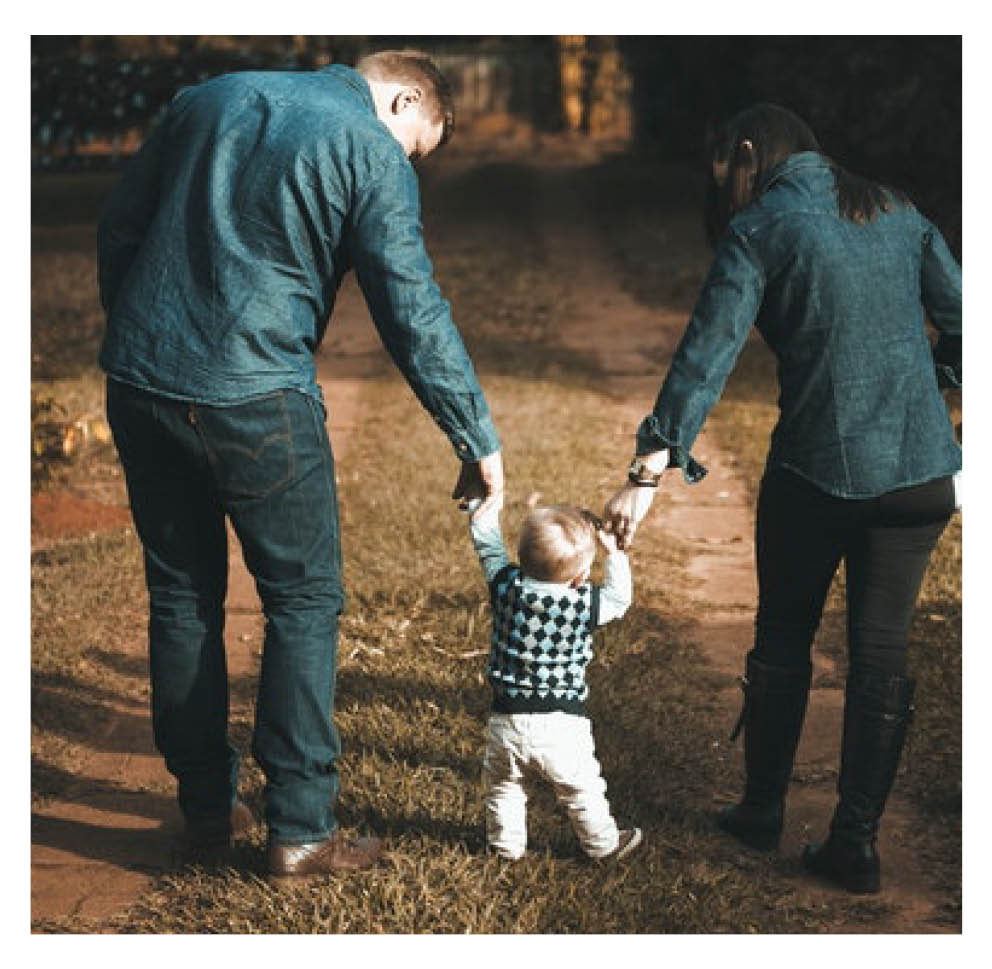
Walking on uneven surfaces
Encourage your child to walk on uneven surfaces, such as grass, gravel, or soft play.
Support from you may be needed to start with. You can do this by holding their hands and giving them your free time, free from distractions; for example put down your phone and turn off the TV.

Running
You can encourage your child to run by holding their hand and walking quickly with them.
Or you can chase them, which will encourage them to walk quicker or run.
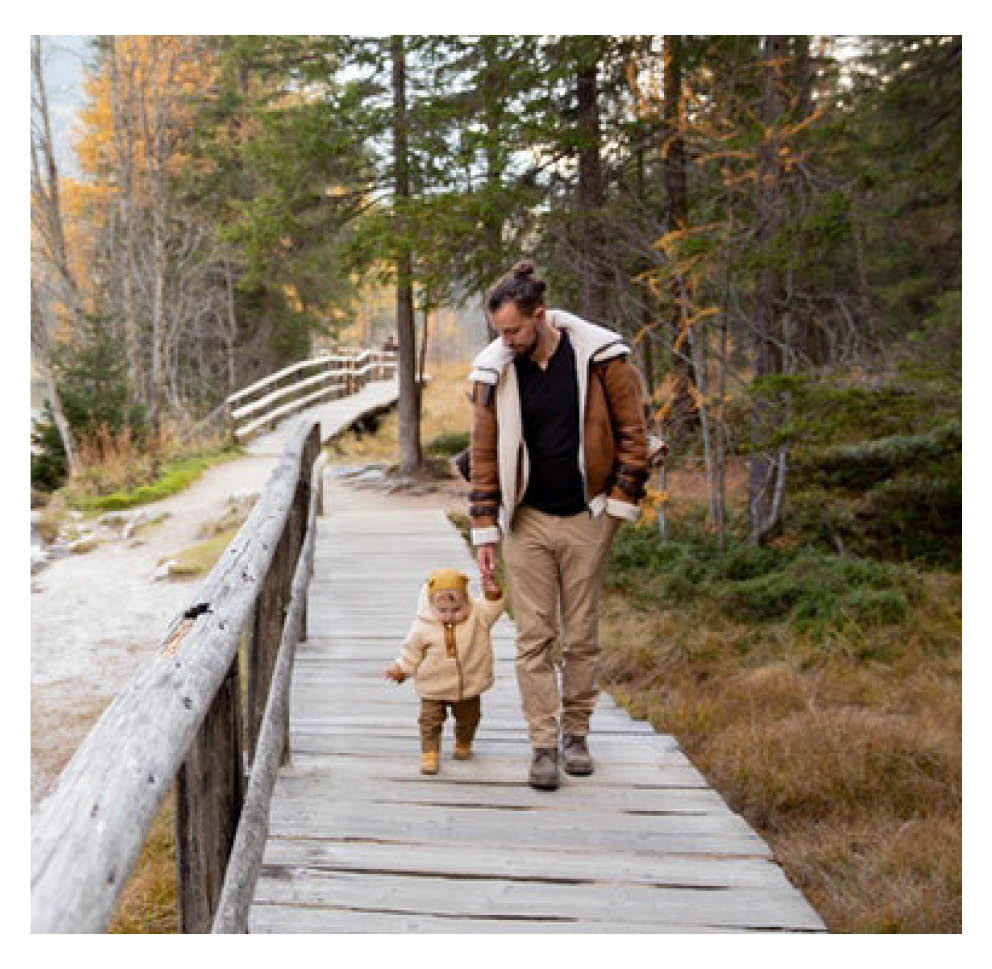
Walking up and down ramps
Find small slopes and encourage your child to walk up and down them. Help your child to begin with. As their balance and confidence improves they will naturally start doing this on their own and will not need your support.
You can encourage them to start using larger slopes / hills.

Kicking a ball
Place a ball in front of your child’s legs and encourage them to kick the ball.
You may have to show them what to do or hold their hand until their balance improves.
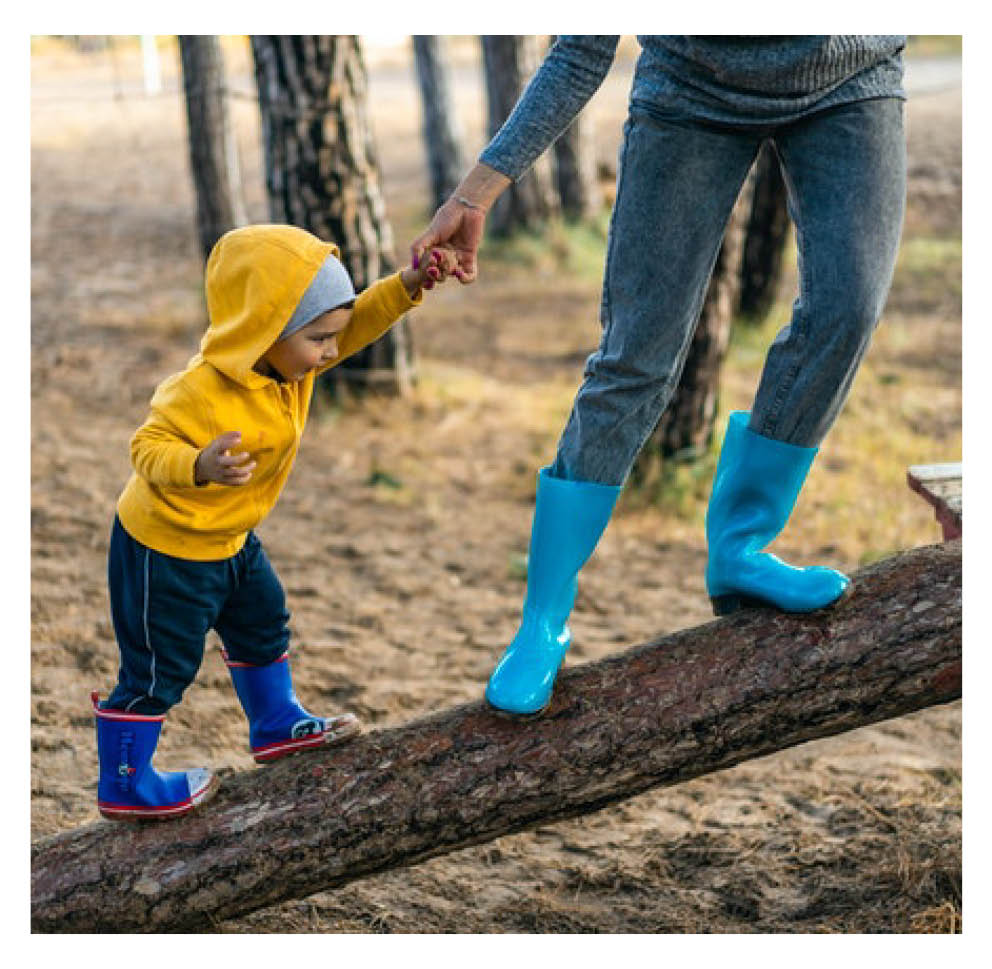
Walking on a balance beam
Start with a wide balance beam. To begin with, provide support when your child walks on the beam.
Once they can do this on their own, move on to a narrower beam. With practice your child will be able to
walk across the beam without support.
You can usually find balance beams in school playgrounds or community parks.
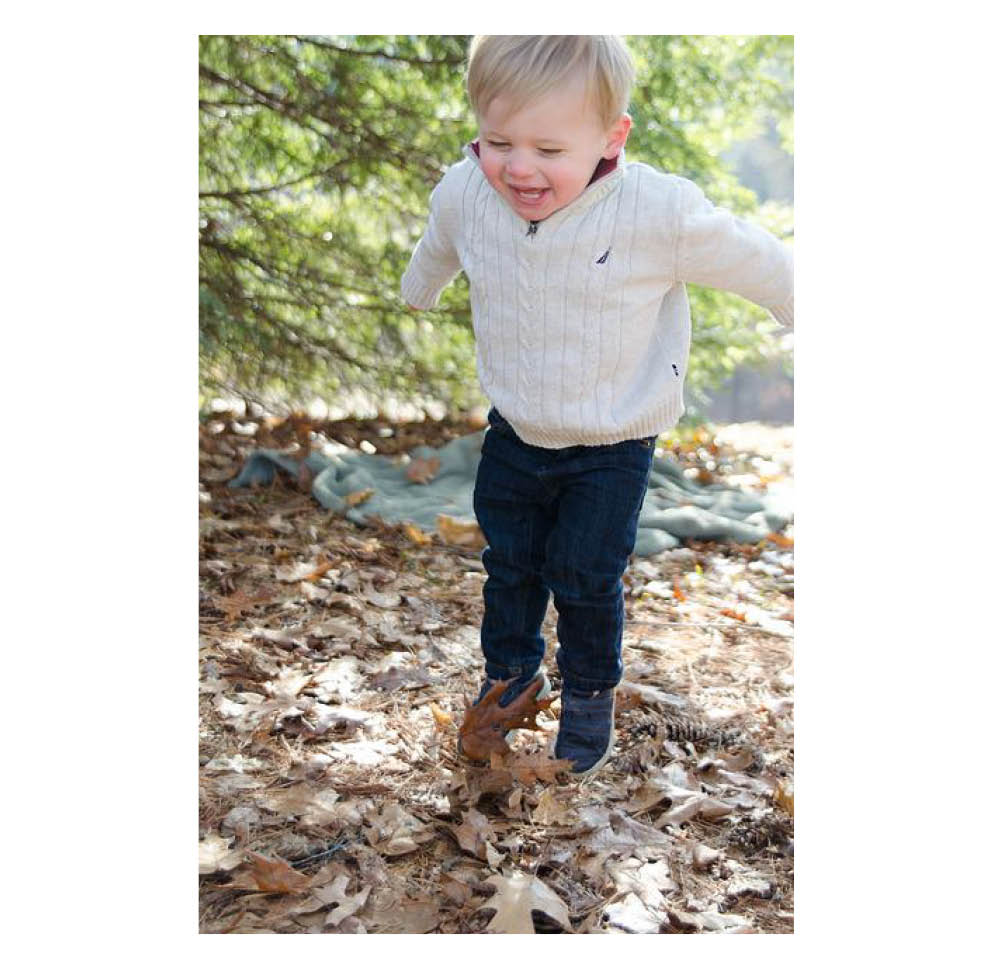
Jumping
First, encourage your child to bounce on a bouncy surface, such as a sofa or trampoline, while you hold their hand.
Once they are happy with this, try to do the same while bouncing on the floor.
Always make sure there is an adult watching them when they are jumping on a bouncy surface.
Once their legs are strong enough, they will have the power to jump off of the floor.
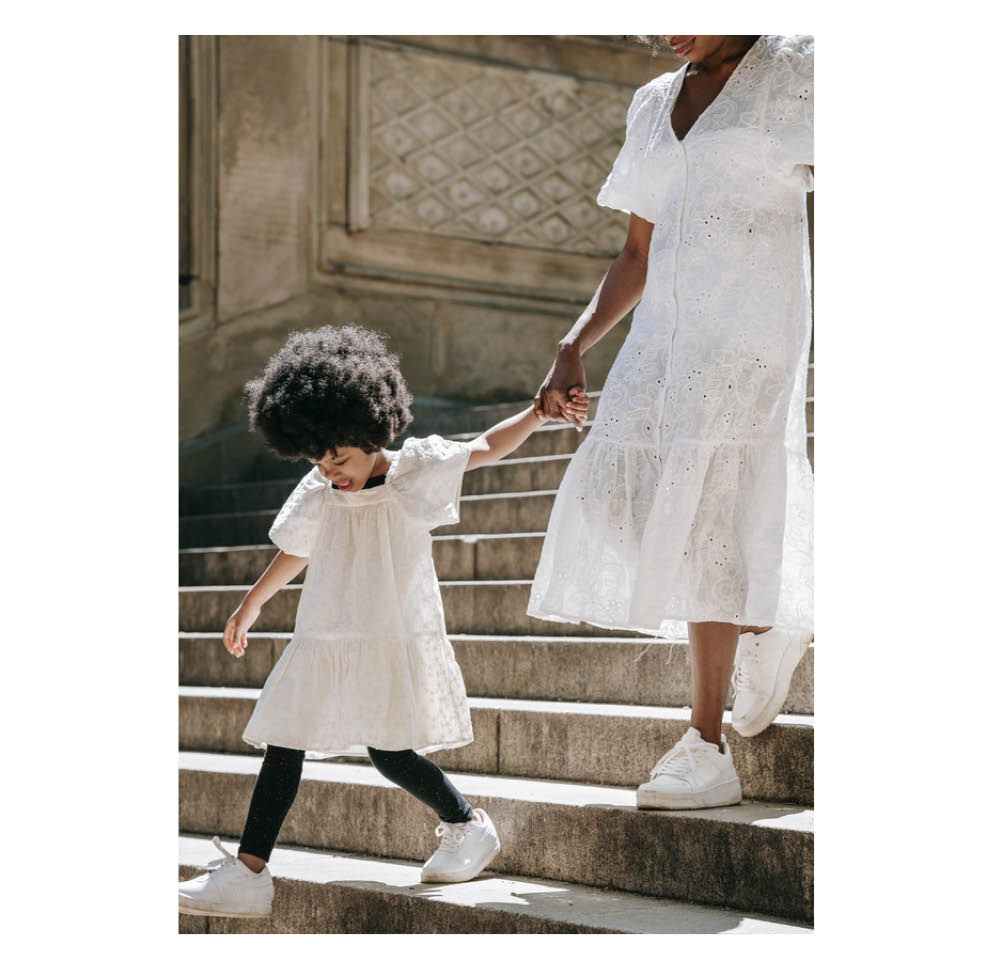
Stepping up and down a step
Start with a low step (about 1 inch).
Encourage your child to step up and down the step. To begin with, hold their hand to support them.
When they are able to do this on their own, move on to a slightly higher step.

Walking up and down stairs
To start with, your child may hold on to the stair rail with both hands and walk sideways up or down the stairs.
Encourage them to walk with one hand on the rail and place both feet on the same step. See if they can change which leg they use on the stairs, by holding your child’s hand while they hold onto the rail.
When your child starts to walk up and own the stairs without your support, they may go back to placing both feet on the same step; this is normal.
By the age of five most children will be able to walk up and down stairs without a rail, using alternating feet.
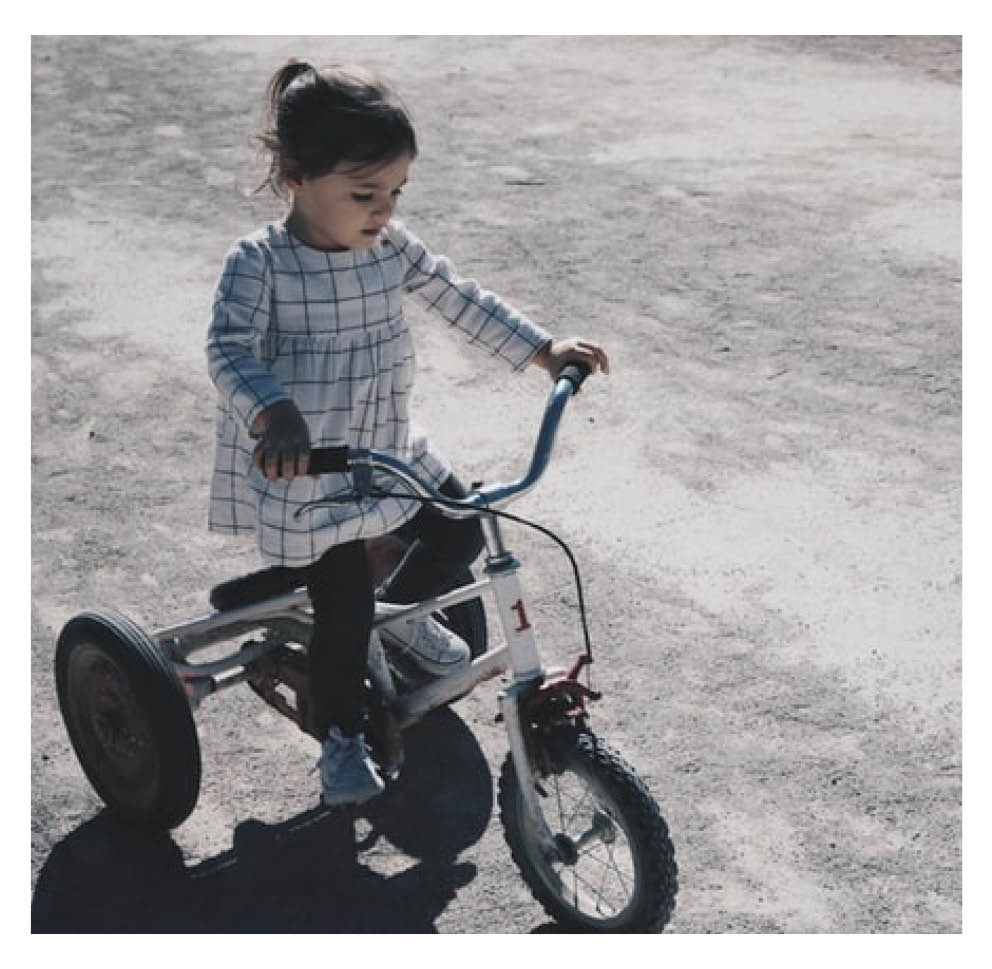
Riding a tricycle
Before your child tries to use a tricycle, they may find using a push bike helpful.
Riding a tricycle is a skill that can start to be developed around the age of three. Your child will need the motor planning (a child’s ability to organise, plan, and then carry out new or unfamiliar tasks) to understand how to push pedals with their feet.
Start by pushing your child on their tricycle, allowing their feet to go round on the pedals.
Once your child is able to pedal themselves, it may be easier to pedal down very small hills or slopes, then move to a level surface and then back up a hill or slope.
Please remember
These activities should not hurt your child. If they show distress, please stop and try again later that day.
Every child is different, and will progress at their own speed.
If you have any concerns about your child’s condition or their progress, please contact your GP.
If you have any questions about any of these activities, please speak to your physiotherapist.